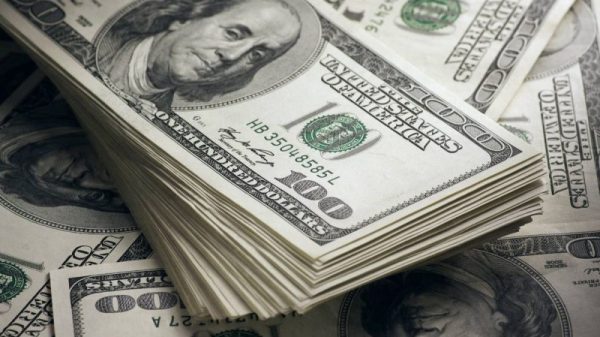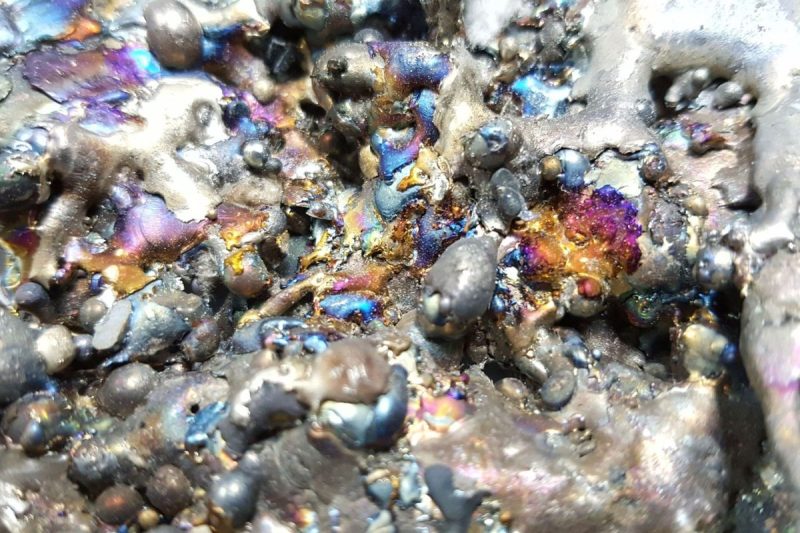The first quarter of the year saw the nickel price under threat from a market glut as Indonesian supply flooded the market, forcing western producers to begin cutting production amid low profitability.
March brought a great deal of volatility, with nickel breaking through the US$18,000 per metric ton (MT) mark; however, by April 1 the base metal had once again slumped, opening the second quarter at US$16,568.
As Q2 progressed, commodities saw broad gains and nickel hit a year-to-date high of US$21,615 on May 20.
After reaching that high point, nickel couldn’t find support and fell rapidly to close the second quarter at US$17,291. Since then, the price of nickel has continued to decline, approaching yearly lows of US$16,090 on July 30.
Nickel prices, April 1 to August 8, 2024.
Chart via Trading Economics.
Russian nickel faces western sanctions
During Q1, nickel prices were negatively affected as Indonesian producers continued to flood the market; however, the base metal began seeing positive momentum as the country experienced delays in approving mining output quotas, and amid speculation that Russian nickel could be sanctioned by the US and UK.
Ultimately, nickel wasn’t sanctioned by those countries at the time, and as mining quotas began to work their way through Indonesian red tape, nickel prices once again experienced declines.
However, momentum began to shift again for nickel at the start of Q2. On April 12, news broke that Washington and London had banned US and UK metal exchanges from admitting new aluminum, copper and nickel from Russia. Taking immediate effect, the prohibitions also halted the import of those metals.
In July, the London Metal Exchange extended trading sanctions to Russian miner Norlisk Nickel’s Finnish operations for the trading of briquettes and cathodes; these restrictions are set to come into effect in October.
Joe Mazumdar, editor of Exploration Insights, suggested this move will have little impact on the sector.
Nickel continued to climb through April and May as a combination of factors drove metals prices more broadly. Dovish statements from the US Federal Reserve helped provide momentum, as did cooling inflation data.
Ultimately nickel prices fell back, with London Metal Exchange stockpiles of the metal increasing through the second quarter, rising from 77,604 MT on April 1 to 95,436 MT on June 28.
Western nickel producers cut output amid low prices
The overhang in the nickel market caused producers to begin curtailing their production in the early part of the year. This trend continued into the second quarter as more producers started to slow output or shut mines altogether.
Among the hardest-hit regions in the latest round of closures has been Australia, where low prices and high operating costs forced First Quantum Minerals (TSX:FM,OTC Pink:FQVLF) to place its Ravensthorpe operations on care and maintenance at the end of April. The mine had been operating at lower capacity through the start of the year as it worked through aboveground stockpiles and used a lower-cost atmospheric leach circuit to process ore.
BHP (ASX:BHP,NYSE:BHP,LSE:BHP), which had been considering cuts earlier in the year, announced on July 11 that it would be suspending operations at its Nickel West operations and West Musgrave project.
In its announcement, it cites oversupply in the global nickel market and indicates consensus that nickel prices will be lower over the next half-decade due to growth in alternative, low-cost supply. BHP said it would begin transitioning its operations starting immediately, with the full suspension being completed between October and December of this year. The company notes that the closure is temporary and said it will review its decision in February 2027.
Mazumdar explained that Indonesia has a competitive advantage, but as more operations begin to cut production it will start to eat into the market surplus, which will be a positive for the nickel market.
“They can’t compete on a cost basis with Indonesia, nobody can. So Indonesia continues to oversupply the market, and now there’s an overhang. What happens is once you get these production cuts, there’s less supply in the market and then that overhang will recede. That’s the best thing that can happen to the nickel market,” he said.
Can government incentives boost western nickel output?
Amid these challenges, the US has set up a number of programs, including tax credits through the Inflation Reduction Act (IRA), to bolster domestic and allied production of nickel and other critical minerals.
The IRA was announced in 2022, but more recently, the Biden administration authorized the US Department of Energy’s Clean Energy Financing Program, which establishes a US$72 billion fund that will be used to provide guaranteed loans to “projects that increase the domestically produced supply of critical minerals.”
Mazumdar doesn’t think incentives like this will be enough to get new projects into the nickel space.
“The west can offer cheap loans to get people to build it, but they’re not going to make any money to pay back the loan no matter how cheap it is unless they give them a grant,” he said.
He explained that to get these projects off the ground, the nickel price would need to go higher to incentivize development, or governments would need to provide a guaranteed price to buy the nickel and build their own stockpiles.
Back-and-forth pressures between government initiatives and Chinese dominance have created a bifurcated market and left Indonesia with few options to diversify its exports, even as it negotiates a trade partnership with the US.
This has led to attempts from Indonesia to restructure investment deals with Chinese firms that would allow Indonesian nickel products to qualify for incentives under the IRA.
What factors are driving nickel demand?
Despite the nickel market’s oversupply, there is still high demand, much of it from China.
China is the largest consumer of nickel in the world, accounting for around 65 percent of total consumption, with the bulk of it destined for steel products. However, as China’s real estate market has stalled out, so too has demand for steel products, with consumption slumping 3.3 percent during the first half of the year.
Total 2024 consumption is projected to fall to around 900 million MT, down from 933.4 million MT in 2023.
Despite the decline, nickel demand has been bolstered by increasing sales of battery electric vehicles (BEVs) in recent years. Even though reports indicated that demand for BEVs had waned at the start of 2024, growth in the segment has remained resilient, with BEVs’ global share of the light vehicle market expected to reach 19.2 percent in 2024.
In China, the uptake has also been enormous, with sales from Chinese BEV producer BYD (OTC Pink:BYDDF,SZSE:002594) projected to exceed those of North American rival Tesla (NASDAQ:TSLA) in 2024.
Additionally, demand for hybrid vehicles is expected to exceed demand for traditional internal combustion engine (ICE) cars. While batteries for hybrids aren’t as large, they still use more nickel than ICE vehicles.
The amount of nickel used in batteries has been increasing in recent years as consumers demand greater range. BEVs use 25.3 kilograms of nickel on average, while hybrids use an average of 6.5 kilograms.
What will happen to the nickel price in 2024?
While production cuts should bring the market more into balance, the nickel price is likely to be determined by supply coming from Indonesia and demand from Chinese steel and battery production.
Even though governments have created initiatives to stimulate western production, they’re not likely to have much ability to increase mining operations as long as nickel prices remain depressed.
As pricing for nickel bottoms out, there may be opportunities for investors who are willing to be patient; however, it could be some time before prices rebound sufficiently for miners to begin restarting their operations.
Long-term predictions show nickel in the US$17,000 range for 2024, slowly improving to US$23,000 level in 2028.
Securities Disclosure: I, Dean Belder, hold no direct investment interest in any company mentioned in this article.





























